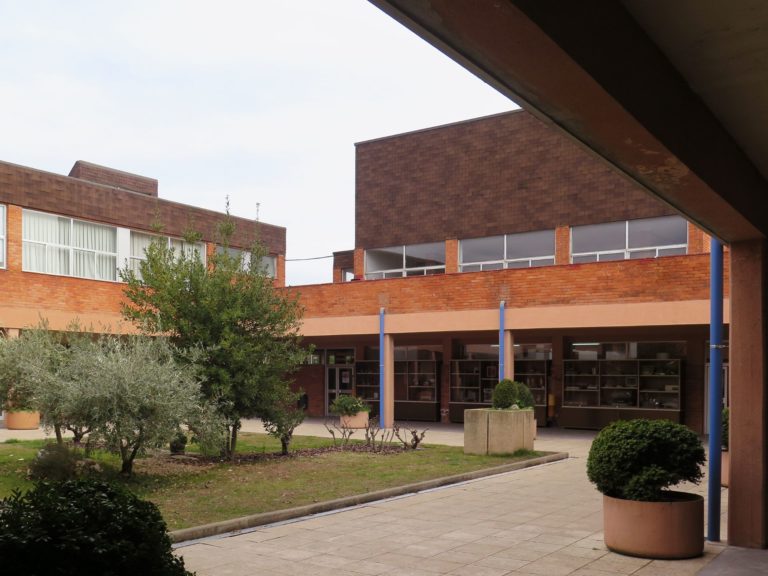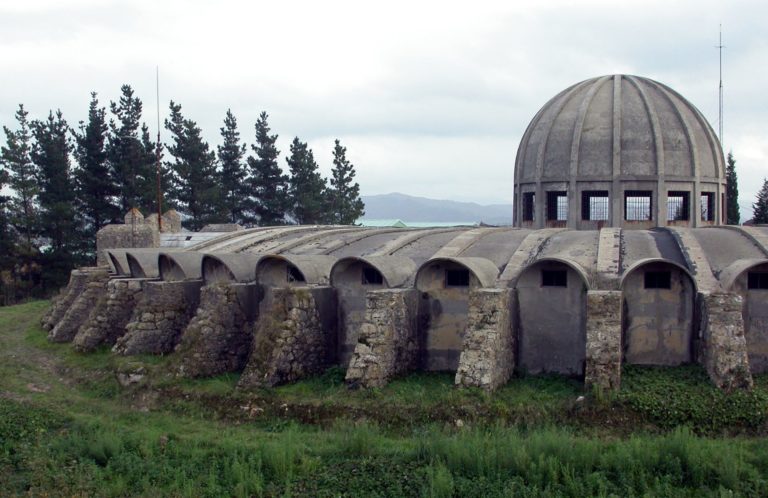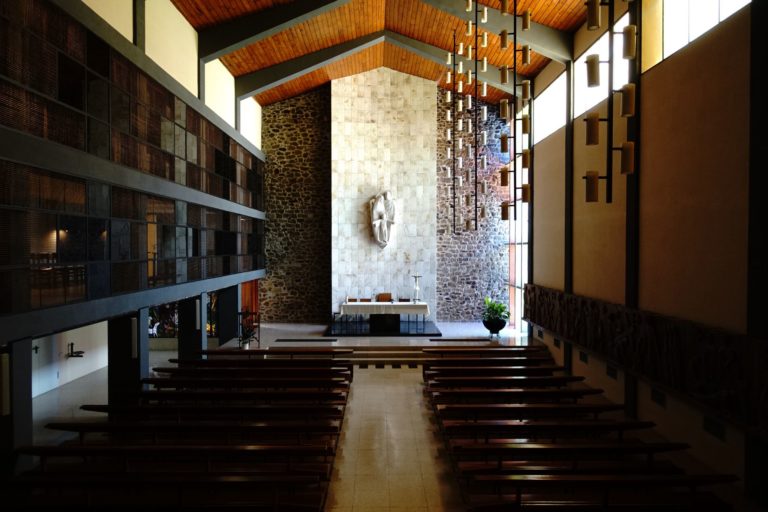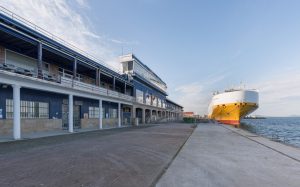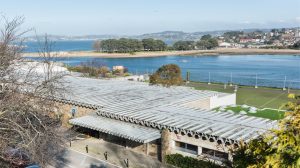Although the term modern architecture has a general scope and is not very specific, when we talk about the characteristics of modern architecture, there are a series of features that stand in clear contrast with the architecture from the periods that came immediately before.
In the early 20th century, the effects of a diverse series of changes and the emergence of new artistic movements were translated into architectural production. The innovations that gave rise to that architecture are varied in nature, but they display some homogeneity: technical and constructive innovations; a preference for certain architectural languages and aesthetics; changes in the priorities and interests in the different aspects that shape or influence a design; a preference for certain typologies and investigations, etc.
- Technical and Constructive Innovations
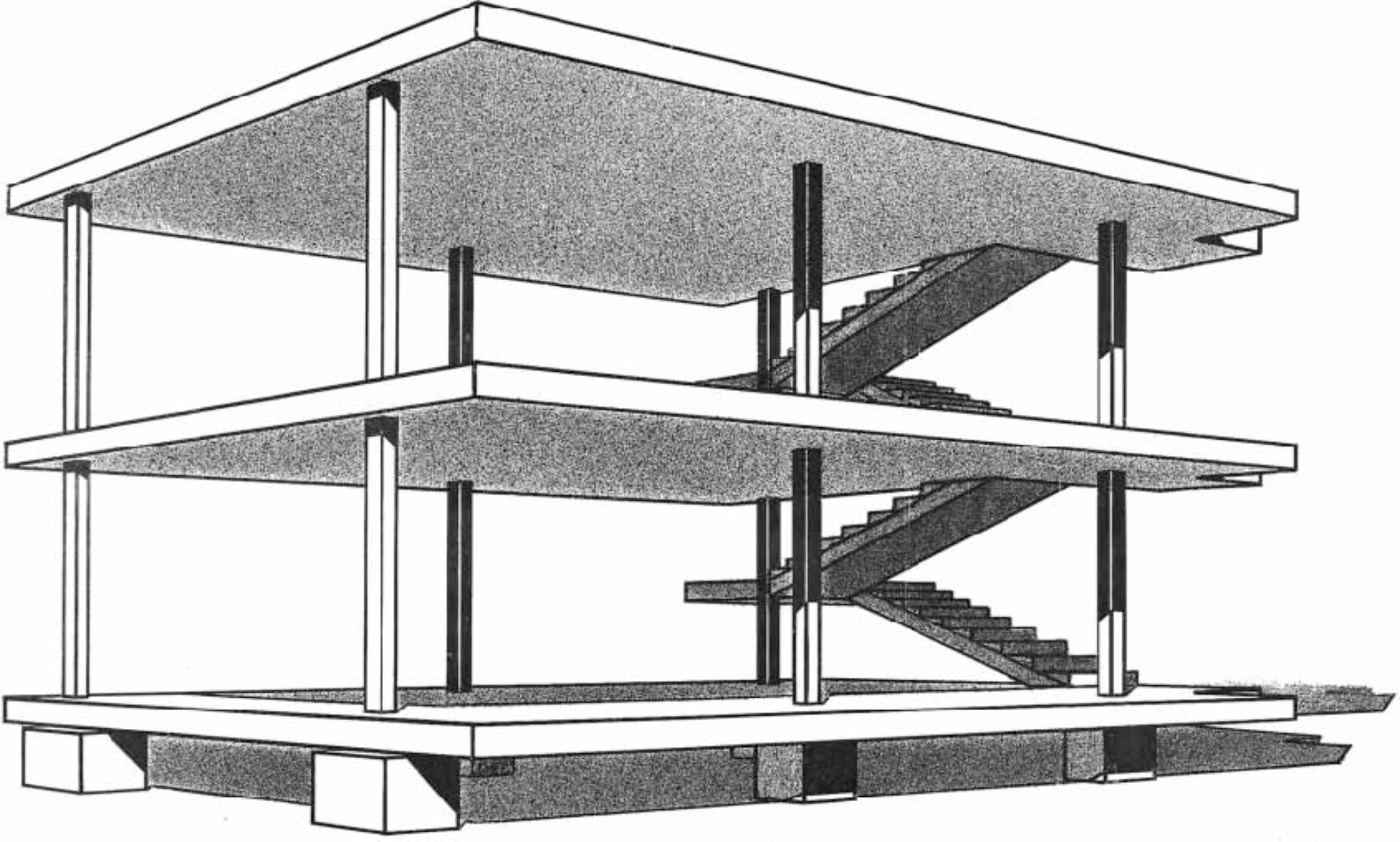
No doubt, the most important innovation is the widespread use of steel and reinforced concrete. Initially it was this metal structure applied to construction that brought about a fundamental shift: the transition from a structure based on load-bearing walls to a structure based on pillars. The change became widespread with the extensive use of reinforced concrete, especially in Europe after World War II. Additionally, concrete made it possible to create slimmer and stronger structures, as well as bolder and more experimental shapes.
The transition from wall-based structures to pillars provides almost total freedom when it comes to organizing the floor plan and the façades. Free from their load-bearing role, the façades can incorporate glass without the need to rely on a composition based on openings or windows. The appearance of place glass and its use in curtain walls allows for entirely transparent façades.
- Architectural Language and Aesthetics
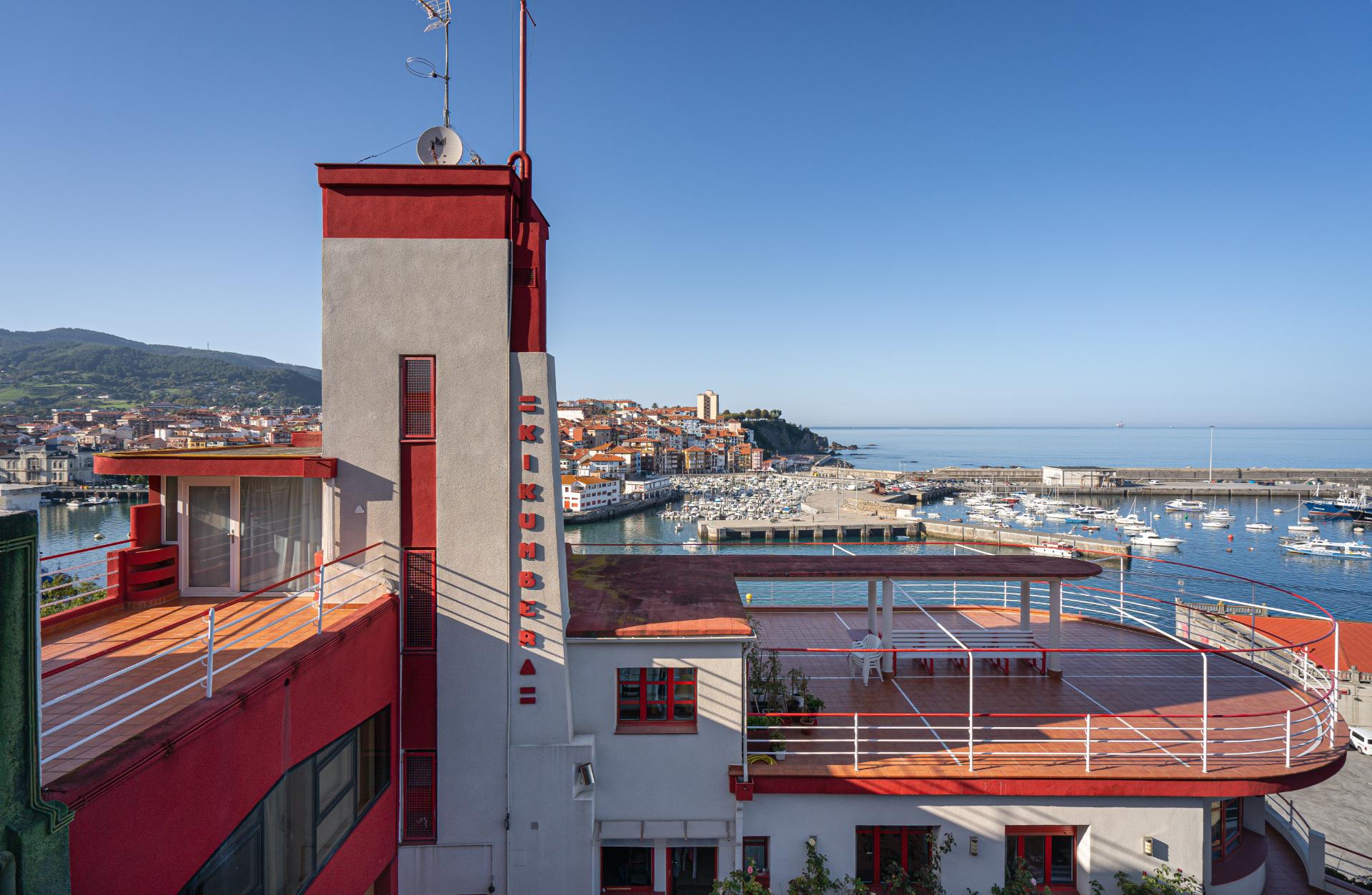
Architects opt for simpler and more geometric forms, leaving behind large ornamental programmes. This is reflected in the pure geometry of many modern buildings, with clean lines and simplified volumes.
In this pursuit of abstraction and a purity of forms, white is often the preferred colour: the absence of textures or material references allows the geometries of the volumes to take centre stage in the buildings.
- Functionality
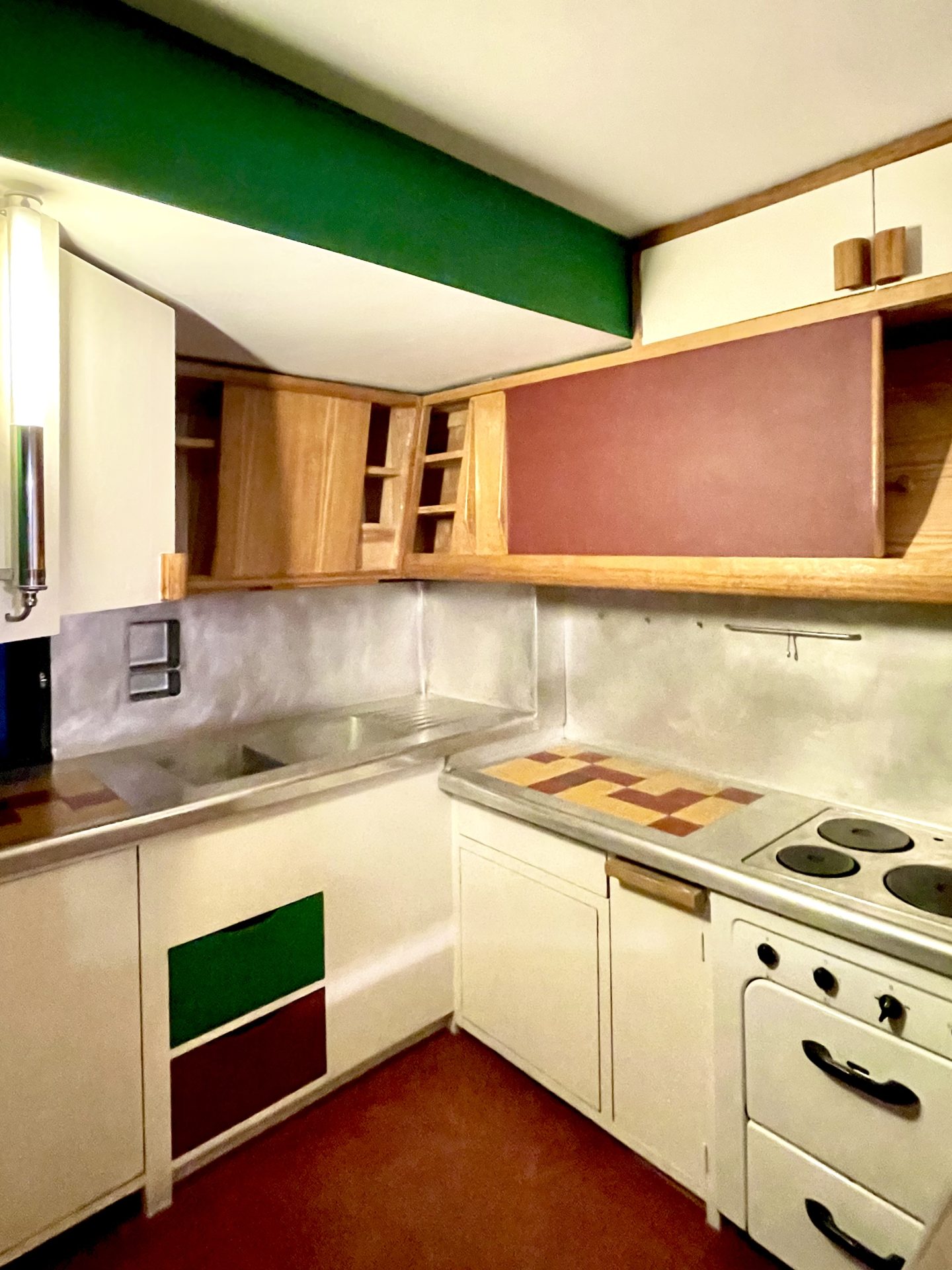
Functional architecture is useful and supports everyday life; it sidesteps obsolete social conventions and does not prioritize aesthetic criteria above practicality. This is expressed, first and foremost, in the functional programme and in the organization in plan, in response to new ways of living in a society that had diverged greatly from that of the 19th century.
New technologies like artificial lighting, air conditioning and elevators were adopted to improve comfort in buildings, as well as elements adapted to renewed standards of hygiene – for example, in bathrooms and kitchens.
A more fluid connection was also sought between the interior and the exterior of buildings through the use of large windows, terraces and open spaces, providing an increased interaction with the surroundings.
- New Programmes, New Needs
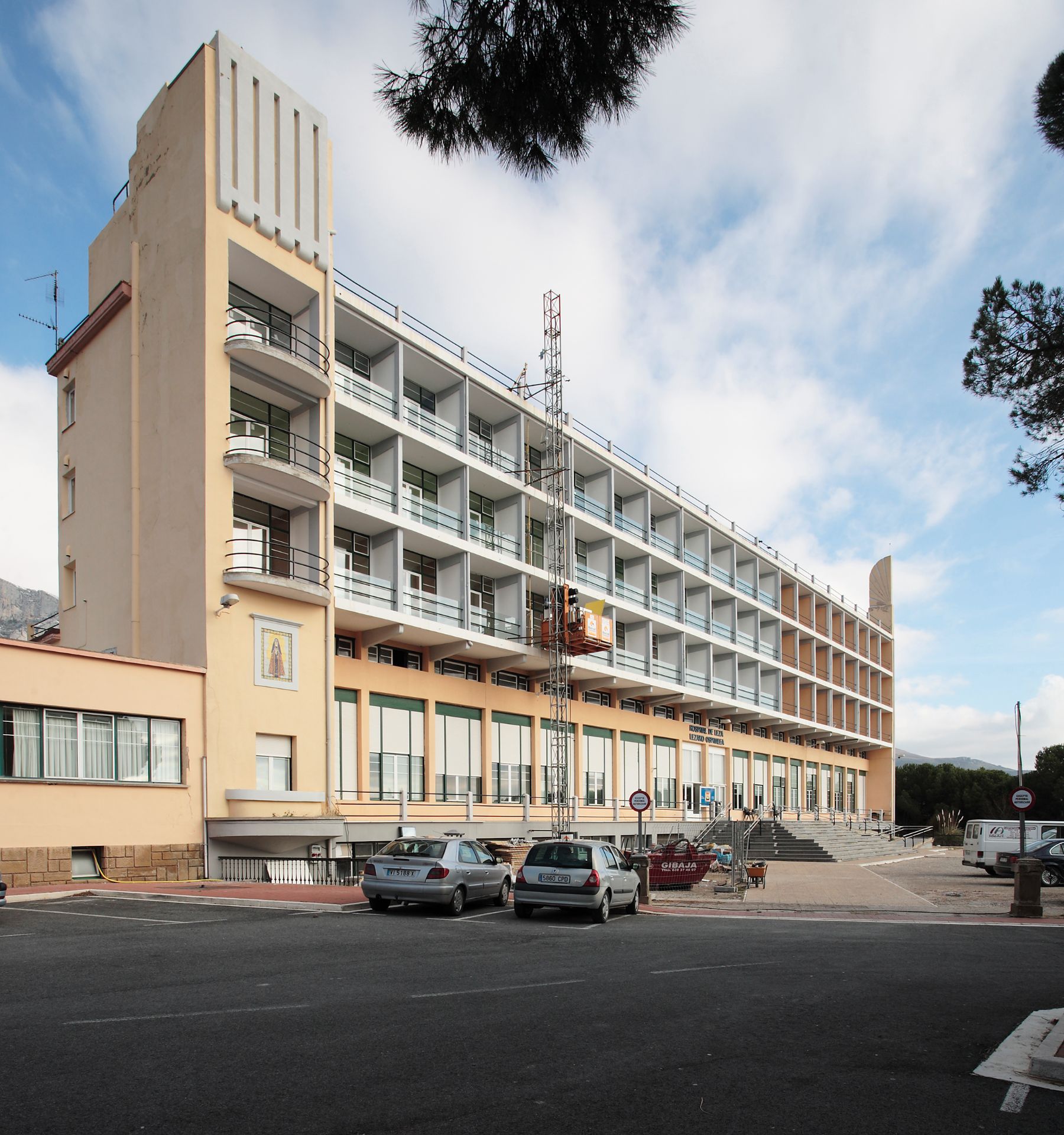
New programmes and needs emerge, making previous architectural forms obsolete. As a result, buildings need to be designed to host functions that adhere to new quality standards or in order to incorporate the technological innovations that continued to emerge and accelerate throughout the 20th century. The case of health care offers a clear example: the desire to universalize access to treatment is combined with a revolution in the principles, methods and technologies involved in the practice of medicine, guided by scientific criteria. This can be extended to encompass many areas of services and production: from education to transportation, industrial production and energy, and even collective leisure.
- Typologies and Investigations
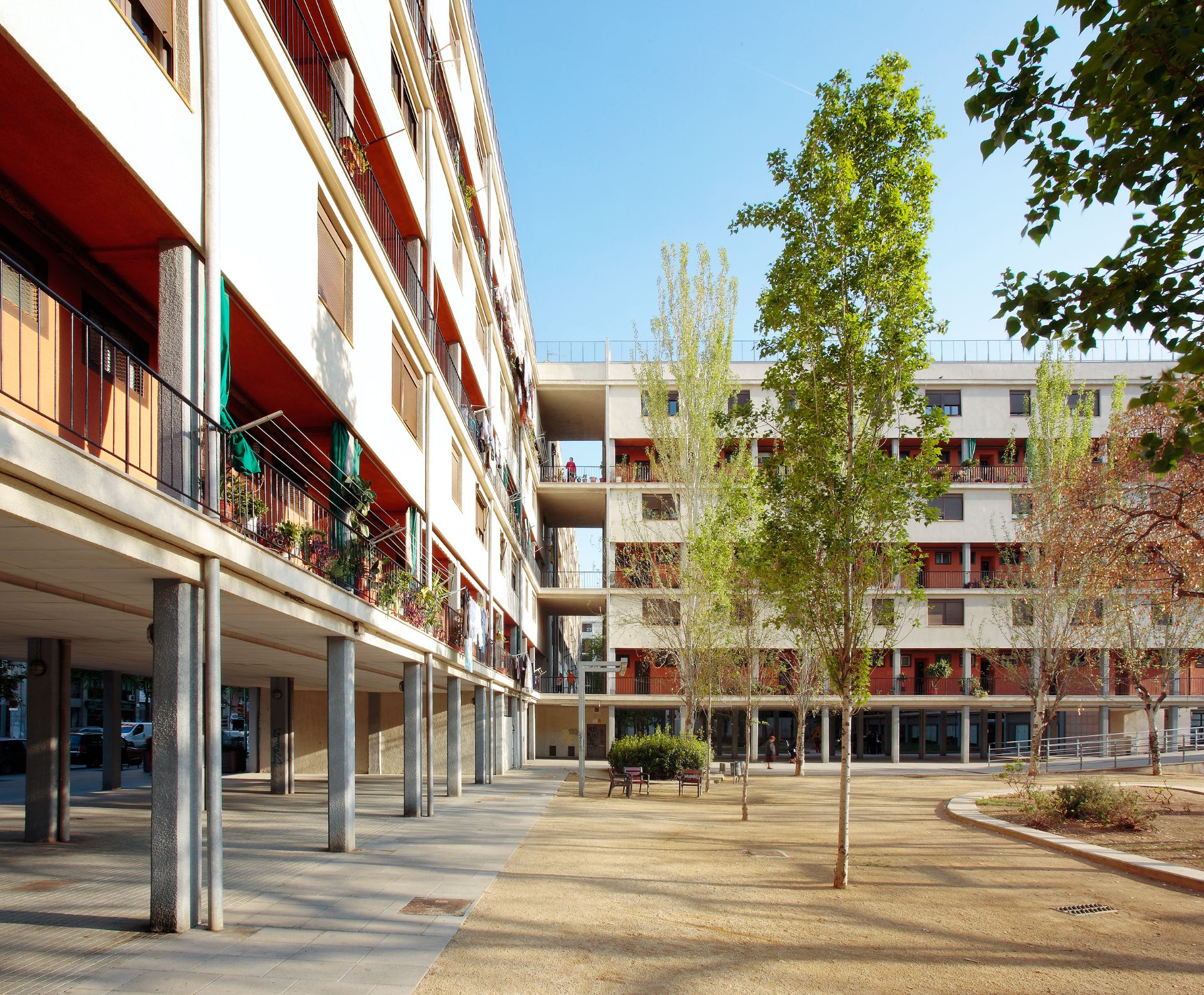
Housing to accommodate the working classes becomes the priority in architectural research and the major problem to be solved. It needs to be addressed not only on the scale of buildings but also on the scale of the city. In urban spaces, the unprecedented growth and mass adoption of private transportation, as well as the need to incorporate new functions, bring about the obsolescence of old models. New cities prioritize functional zoning, a traffic hierarchy and geometric developments to achieve an orderly and hierarchical layout of buildings and infrastructure.



